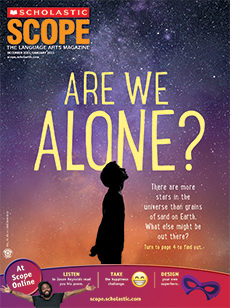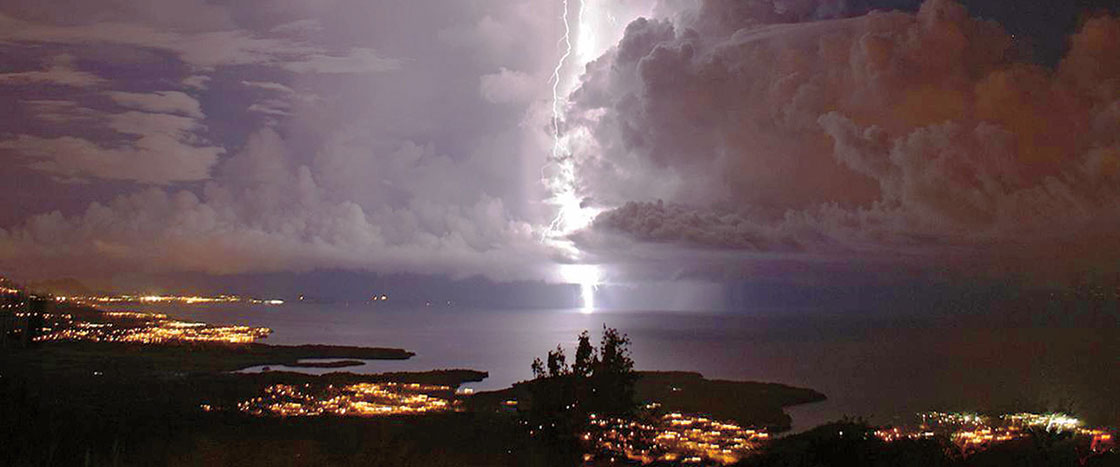Lightning has fascinated—and terrified—humans for millennia. Nearly all ancient cultures believed that lightning was controlled by the gods. The ancient Greeks, for example, believed that the god Zeus hurled thunderbolts at his enemies, and any spot where lightning hit the earth was considered sacred. In Norse mythology, the god Thor created lightning with his hammer. In Hindu mythology, lightning is the weapon of Indra, ruler of all gods.
Ancient civilizations generally saw thunderstorms as a sign that the gods were angry, and it’s easy to understand why. Rumbling skies and flashes of light that could set forests on fire, crumble buildings, and even kill animals and humans could hardly be taken as a sign that the gods were pleased.
Today, we know that lightning is caused by a sudden flow of electricity, either between two clouds or between clouds and the ground. Have you ever walked across a carpet and felt a small shock when you touched a door handle? Lightning is basically the same as that shock, except much, much more powerful.
Indeed, a bolt of lightning heats the air to more than 50,000 degrees Fahrenheit. That’s hotter than the surface of the sun. This blast of heat causes the air to expand so quickly that it creates a loud bang: thunder.
Even with all that we now understand about lightning, there is still more to learn. Currently, instruments on the ground, in the air, and in space are collecting information about lightning. Why? Because the better we understand lightning, the better job we can do of warning people when and where it is likely to strike. This is true even near Lake Maracaibo, where the lightning can seem as predictable as the rising and setting of the sun.

